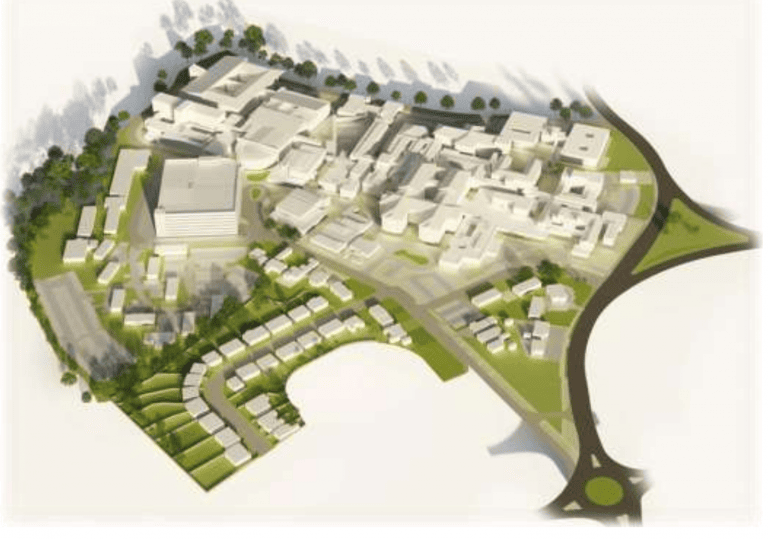Tool to measure social value

Problem Addressed
Getting to understand the needs of communities through traditional community consultation methods would be prohibitively expensive. This challenge is particularly acute for real estate investors, who will typically have many investments in geographically disparate locations.
Case Study
The Social Value Snapshot has been developed over the past three years by CBRE’s ESG Consultancy team in partnership with their research team in response to an industry need for better measurement of the social factors when reporting on the ESG credentials of real estate investments. The tool was developed to focus on asset performance rather than contract performance; each outcome speaks to the unique benefits that communities and wider stakeholders gain from their built environment. The tool also uses local area and demographic data to inform the estimated value of a building to the community, allowing for a more advanced evaluation of social impact.
The process for running the Social Value Snapshot is as follows:
- Identify the communities impacted by the building(s) being assessed.
- The identified communities then inform the geographical boundary of the local demographic data to be analysed.
- The next step is to agree which of the outcomes or thematic areas within the tool are most material to the client and priority stakeholders.
- Surveys are then issued to Property Managers and Building Managers to gather information about the building itself. These are combined with the local area data to create a social value score for each asset, and “establish the baseline”.
- From this analysis opportunities for delivering social value are identified and assessed in terms of their Social Return on Investment.
- The measurement exercise forms the basis of the framework for ongoing monitoring and reporting.
- These opportunities, supported by targets, KPIs and a roadmap for delivery, form the basis of a strategy and delivery plan
Future considerations:
The current tool does not include any direct community engagement or consultation. This is deliberate, as consulting the local demographic data provides a cost-effective alternative. However, there is engagement with the building occupants throughout. Where the tool recognises areas of high deprivation or low asset performance CBRE plans to work with clients on targeted community consultation exercises to better understand the opportunities and challenges for that site.
This page presents data, evidence, and solutions that are provided by our partners and members and should therefore not be attributed to UKGBC. While we showcase these solutions for inspiration, to build consensus, and create momentum for climate action, UKGBC does not offer commercial endorsement of individual solutions. If you would like to quote something from this page, or more information, please contact our Communications team at media@ukgbc.org.
Related members
Related
Blackpool Victoria Hospital

Langarth Garden Village

Greening Swinton Square

Framework for Defining Social Value


